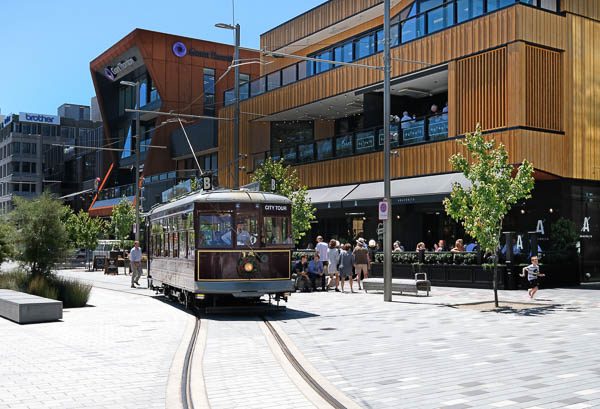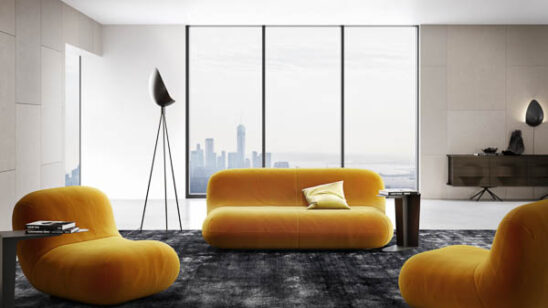
Opening new doors on city living: Allfrey + South Architects
Buyers seeking a newly built city apartment will find plenty on the market. But what if people want something else, something more connected and affordable? Architect Craig South explores what this ‘something else’ could look like and how it could transform how we live.

I was recently invited to contribute to a New Zealand Institute of Architects’ forum on the subject of emerging trends in city living in Christchurch. As one of the speakers, I was pleased to give a talk on co-housing and the work our practice has been doing in this area for the Peterborough Housing Co-operative. We have been privileged to lead the design of this new pocket neighbourhood over the past three years as the project has evolved. The development includes both private homes and shared facilities, clustered around a large central courtyard.
The co-housing approach is instinctively attractive because it connects with our ideals of wanting to live well in small communities and of wanting to live more simply and more sustainably.
Now more than ever, people really do want greater choice around how they live in the urban environment. Internationally, we are seeing the emergence of a growing array of solutions to answer that consumer trend. For example, ‘Naked Architecture’ offers buyers the ability to buy ‘shell space’ with no pre-imposed layout so that it can then be finished and fitted out to suit personal needs and budget. The idea is that two different potential buyers will likely have two very different sets of lifestyle priorities, so it makes sense to let them decide how they want to configure their own space.
Sparking a lot of interest in Australia right now, too, is the Nightingale model. This is an innovative, architect-led approach to apartment development that seeks to prioritise social, environmental and financial sustainability. With profits capped, projects are crowdfunded through an ethical investment model and transparency around costs and governance – it’s an approach that is proving very popular (each project to date has been completely pre-sold via ballot).
Of course, the reason why models like this resonate so well is they offer more control. Future residents have a say on key design decisions, such as how much car parking to include or whether to have any shared facilities. They call the shots on whether to have a swimming pool or communal barbecue area.
In my view, any kind of shared, multi-residential arrangement could only succeed if all those buying into it were on the same page, sharing a similar vision. As well, there would need to be clear and effective ground rules in place to minimise any potential misunderstandings or conflicts.
Could something like the Nightingale model work in Christchurch? Certainly, I think it offers some exciting potential for those interested in pooling their resources to get the kind of city lifestyle they want within a multi-residential setting.
Having held a number of interactive forums on architecture this year, through our ArchiChat Group sessions, I’m aware that many people would certainly welcome more choice in this area of urban housing development. At our next round of ArchiChat in November, we will be seeking to gauge interest in potentially trialling this approach at a Christchurch site. Whether you are a developer, builder or potential home buyer, we would welcome your input – register at info@allso.co.nz.




